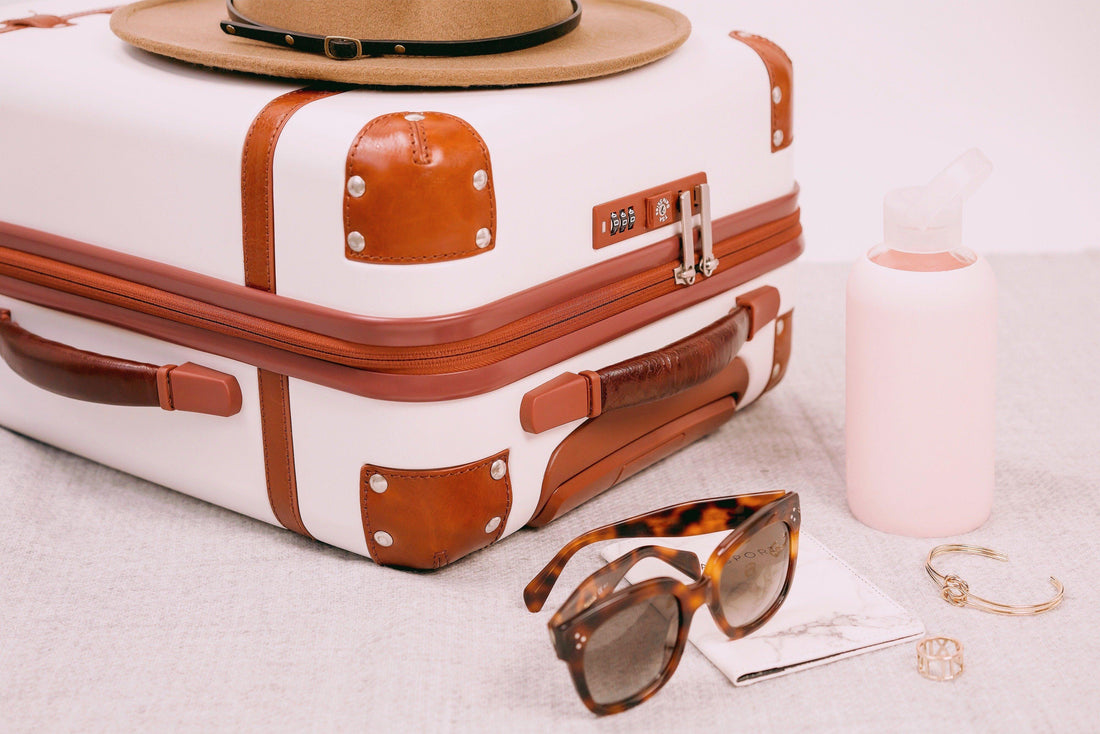
Why Sunscreen is Important in Skincare
If I could offer you only one piece of skincare advice, sunscreen would be it.
We all know that sun exposure causes the skin to age rapidly and can cause cancer and sunburns. However, way too many people are still skipping sunscreen or applying it incorrectly. Sunscreen is the most important step of your daily routine, not only for the beauty and youth of your skin, but also, and most importantly, for your health.
In this article, I’m going to give you all the information you need about sunscreen, how to apply it and why it is a key component of your daily routine. **(Watch video click here)
Never skip sunscreen, you should protect your skin even if it is a cloudy day, even if you are planning to apply a thick layer of makeup, even if you will be indoors and even during the winter.
Dark spots don’t appear suddenly, they are the result of cumulative sun damage. Furthermore, sun damage is not the result of a single sunny day at the beach, but rather the result of repetitive exposure to low (or high) doses of sun without protection. That accumulated damage results in wrinkles, dark spots and loss of firmness… not to mention more serious consequences like melanoma and other forms of skin cancer.
There are two types of UV light: UVA and UVB:
- UVA rays tend to cause premature aging of the skin (also known as photoaging)
- UVB rays can cause skin cancers and sunburns.
An easy way to remember this is by replacing the “A” in UVA by “Aging” and the “B” in UVB by “Burn”. Both types of rays are harmful, and you must protect against both, hence the importance of choosing a “broad spectrum” sunscreen (which means that it protects from both, UVA and UVB rays).
UVA rays pass through regular window glass, furthermore, some indoor lights emit UV rays. If you’re heading to a beach or around reflective surfaces like snow or ice, you should use a higher SPF.
How to Choose Your Sun Protection Factor (or SPF)?
Apply sunscreen with SPF of at least 30. The SPF number refers to the approximate amount of time you can stay in the sun without getting sunburned. For example, an SPF of 30 would allow you to stay in the sun 30 times longer than you could without protection:
Minutes to burn without sunscreen x SPF number = maximum sun exposure time
For example, if you burn after 10 minutes of sun exposure, an SPF of 15 will allow you to be in the sun for up to 150 minutes without burning. But this equation is not always accurate because how long it takes to get burned depends on the skin’s complexion, time of the day, etc. For safety, always calculate 10 minutes.
Another factor is that people usually use far less sunscreen than the recommended amount, which could result in a sunburn in half the time.
Even if the sunscreen has an SPF of 50, claims to be sweat-proof and waterproof, and provides “all-day protection”, it needs to be reapplied at least every two hours to provide optimal protection, especially if swimming or sweating. There are modern, non-toxic sunscreens that can be applied as a mist over makeup.
The FDA has long contended that SPF higher than 50 is misleading. Australian authorities cap SPF values at 30, European and Japanese regulators at 50, and Canada allows a maximum of 50+. In 2011, the FDA proposed a regulation prohibiting labels higher than SPF 50; according to the agency, there is a “lack of data showing that sunscreens with SPF values above 60 provide additional meaningful clinical benefit”.
How to Calculate how Much Sunscreen to Apply?
As a guide to use the right amount, if you are using a creamy sunscreen, you need a chickpea-sized amount just for your face. If you use a liquid formula, calculate half a teaspoon or 2 grams.
What About Skincare Products That Contain Sunscreen?
Most SPFs in makeup or in skincare products are nothing higher than 15, and most are not broad spectrum. Instead of relying on makeup with SPF, apply a broad-spectrum sunscreen under your makeup and let it absorb before applying makeup, so you don't accidentally remove it.
Always apply on your face sunscreens that are specifically formulated for the face, otherwise, you might be clogging your pores or using a formula that won’t be easily absorbed by the skin.
If you use skincare products that contain antioxidants, acids (AHAs, BHAs, etc.), or retinol, you have to be especially careful and diligent with your sunscreen, these ingredients are key components of a good skincare routine but they also increase the risk of sun damage if you don’t wear sunscreen.
What’s the Right Way to Apply Sunscreen?
Apply sunscreen on all exposed skin! This includes the skin around the eyes (which is actually the most delicate and the area that requires the most protection). If your eyes get watery or irritated by your sunscreen, you should switch for a non-toxic alternative and consider a physical (as opposed to chemical) sunscreen which tend to be less irritating (look for zinc oxide and titanium oxide as active ingredients).
Dermatologists recommend applying sunscreen even on your ears if you have short hair or wear it behind your ears, and on your lips (there are many brands that offer lip gloss and lipsticks wit SPF).
Sunscreen must be applied by itself (not mixed with creams or oils as this will lower its effectiveness) and after your skincare (applying skincare first will improve the absorption of your sunscreen). The right application order is:
- Wash: We recommend Brightening Face Wash - Sweet Orange & Camu Camu
- Exfoliate with a gentle product like the Exfoliating Powder - Hibiscus & Rose Petals
- Apply your skincare products
- Apply your sunscreen
- Apply your makeup (if any)

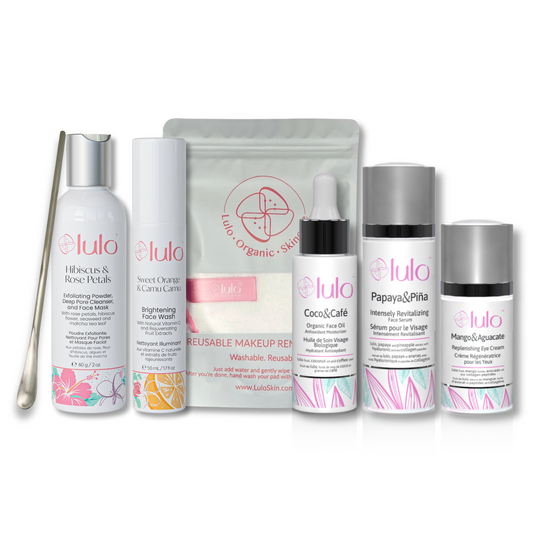
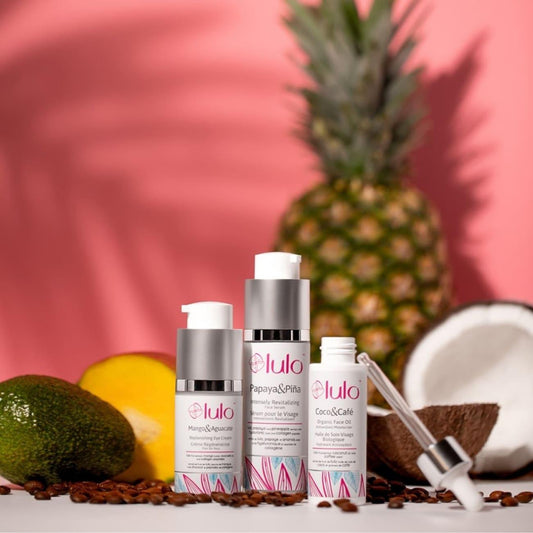
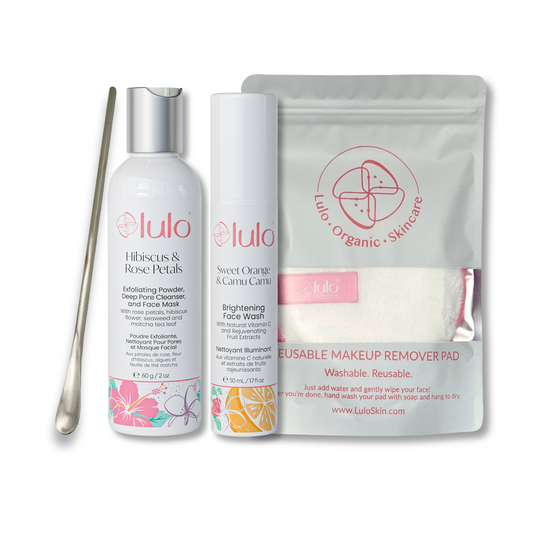
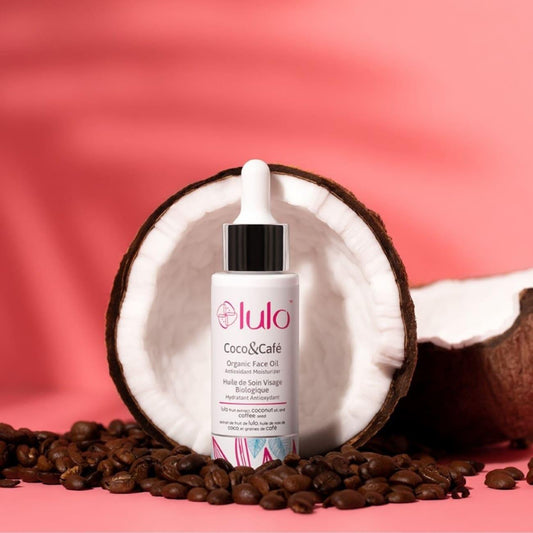
1 comment
Thanks for this important reminder ❤️